In today’s fast-paced business and financial world, understanding the myriad of acronyms that represent various indicators is crucial. This article aims to demystify these acronyms, providing you with a comprehensive guide to the most commonly used English abbreviations in business, finance, and economic contexts. By exploring GDP (Gross Domestic Product
), ROI (Return on Investment
), and CPI (Consumer Price Index) in depth, we’ll not only define each but also illustrate their significance and application in real-world scenarios.
Decoding GDP: The Economic Barometer
Gross Domestic Product (GDP) stands as a primary indicator, encapsulating the health of a nation’s economy. It reflects the total market value of all goods and services produced over a specific time period within a country’s borders. Analyzing GDP trends offers insights into economic growth, guiding policymakers and investors in their decisions. GDP growth rate, a critical extended keyword, acts as an economic thermometer, measuring the pace at which an economy is expanding or contracting. Additionally, Real GDP, another vital extension, adjusts for inflation, providing a more accurate picture of economic performance over time. Lastly, GDP per capita divides the GDP by the population size, giving a per-person economic output indicator, crucial for comparing living standards across countries.
The ROI of Investments: Calculating Success
Return on Investment (ROI) is a universally acknowledged metric used to evaluate the efficiency or profitability of an investment, comparing the magnitude and timing of gains against the investment costs. Crucial for investment analysis, ROI helps in making informed decisions about where to allocate resources for the best financial gains. Variations like ROA (Return on Assets) and ROE (Return on Equity) provide insights into asset and equity performance, respectively, essential for a deeper understanding of financial health. Moreover, analyzing the ROI from different angles, such as social ROI (SROI
), which measures the social, environmental, and economic value created, challenges traditional financial metrics by incorporating broader impacts.
CPI: The Inflation Indicator and Economic Health
Consumer Price Index (CPI) serves as a critical measure for assessing inflation, reflecting the average change over time in the prices paid by urban consumers for a market basket of consumer goods and services. Monitoring CPI is vital for governments and central banks to adjust monetary policy, aiming to control inflation and guide economic policy. Core CPI, which excludes volatile food and energy prices, provides a clearer view of inflation trends. The significance of CPI manifests in its impact on purchasing power and cost of living adjustments (COLAs
), affecting wages, Social Security benefits, and other inflation-indexed payments. Furthermore, the Producer Price Index (PPI) complements CPI by measuring the average changes in selling prices received by domestic producers for their output, offering a comprehensive inflationary perspective.
This article has explored the intricacies behind the acronyms GDP, ROI, and CPI, shedding light on their pivotal roles in understanding economic and business landscapes. Gross Domestic Product (GDP) serves as an economic performance measure, Return on Investment (ROI) evaluates financial efficiency, and Consumer Price Index (CPI) tracks inflation trends. Each indicator, with its specific applications and nuances, plays a crucial role in financial analysis, economic policy-making, and investment decision processes. By demystifying these acronyms, we aim to enhance your comprehension and application of these essential economic indicators in various contexts.
版权:文章归 神灯指标 作者所有!
转载请注明出处:https://www.177911.com/1299.html

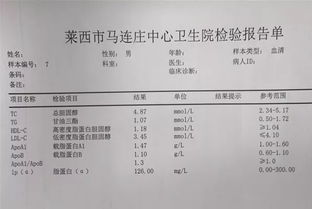
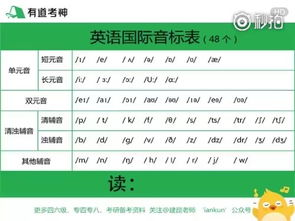
 微信扫一扫
微信扫一扫 







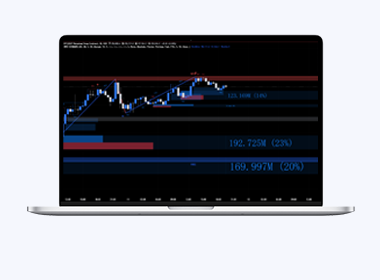
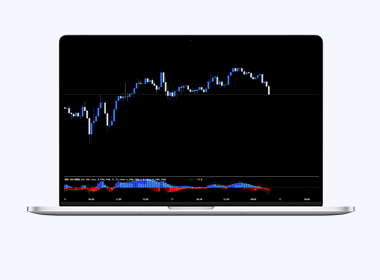
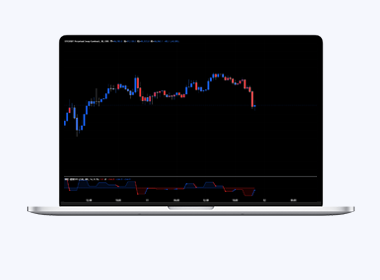



还没有评论呢,快来抢沙发~